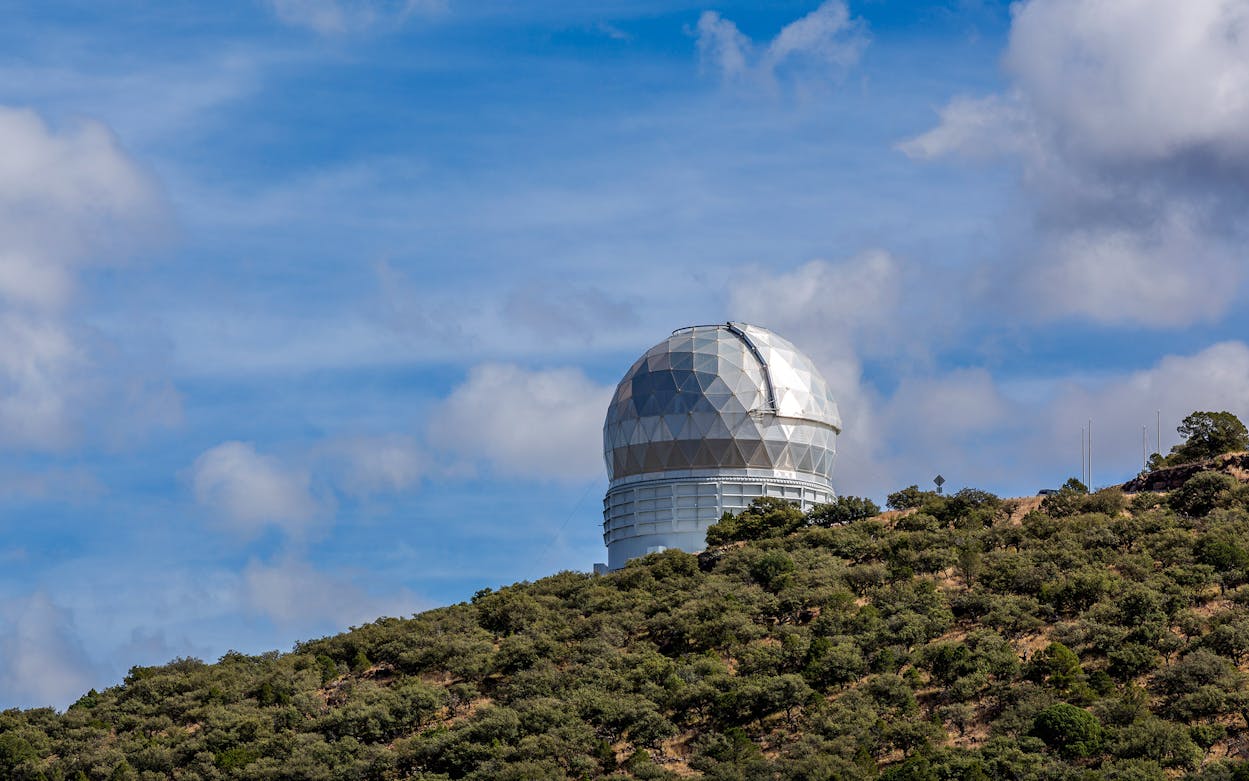Located about three miles southeast of Davis Mountains State Park, Texas’s own mile-high city, Fort Davis, is an archetypal Western town, with its Classical Revival courthouse, five or so churches, wood-floor-and-pressed-tin-ceiling library, independently owned hotels and restaurants, and dogs (well, at least one) sleeping on sidewalks.
The Hotel Limpia, built in 1912, is home to Double Shot Coffee Lounge and Blue Mountain Bar and Grill (the latter’s claim to fame being its liquor license, the only one in town). Across the street is the Fort Davis Drug Store, a green-chile-cheeseburger-and-fried-okra sort of spot. On mornings at Lupita’s Place, in a little rock building with marigold walls, the tables are covered in red oilcloth and paper plates loaded with Mexican breakfasts. Stone Village Market carries the essentials and more, like artisanal pork rinds and locally grown sprouts.
At the Fort Davis National Historic Site, wander in and out of meticulously preserved adobe and brick buildings outfitted with the artifacts—cooking pots, medical implements—of day-to-day life in a Western fort. The Chihuahuan Desert Research Institute, four miles southeast of town, is a wonderland of all things Chihuahuan Desert, from an eighteen-acre arboretum and a greenhouse featuring just about every succulent that grows in this and the Mexican part of the desert to a mining exhibit and a 1.75-mile loop trail that takes you into Modesta Canyon and past a year-round spring.
The McDonald Observatory is a magnificent collection of telescopes through which you can look into the skies and marvel at a small slice of the universe. Take a daytime tour, attend a Star Party, or simply drive the highest paved road in Texas to the top of Mount Locke, at 6,791 feet.
This article originally appeared in the March 2021 issue of Texas Monthly under the headline “A True Western Town.” Subscribe today.
- More About:
- Parks & Recs
- Fort Davis









